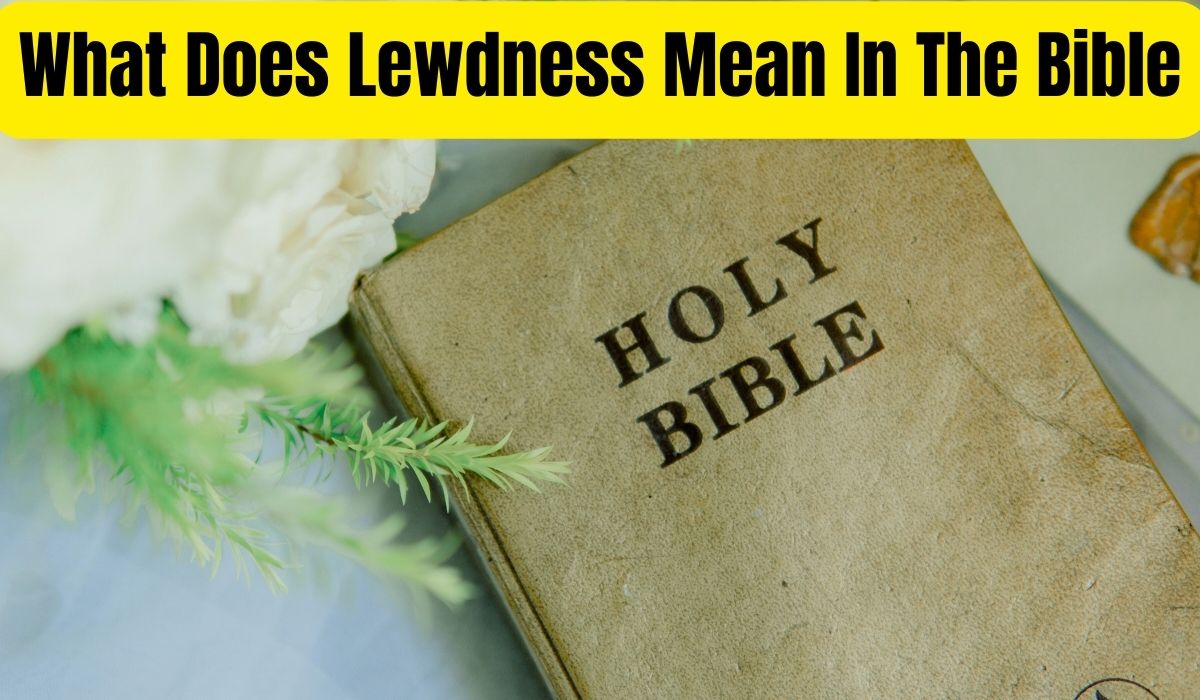 When you hold a Bible in your hands, you’re not just holding a book. You’re holding the story of God’s heart for humanity, a collection of writings that span thousands of years, preserved and passed down with care. Many of us read it daily, quote it in prayer, or lean on it in times of joy and sorrow. But have you ever paused and asked, What is the origin of the Holy Bible? Where did it come from? Who wrote it? And why do some verses, like Matthew 17:21, seem to be missing in certain versions?
When you hold a Bible in your hands, you’re not just holding a book. You’re holding the story of God’s heart for humanity, a collection of writings that span thousands of years, preserved and passed down with care. Many of us read it daily, quote it in prayer, or lean on it in times of joy and sorrow. But have you ever paused and asked, What is the origin of the Holy Bible? Where did it come from? Who wrote it? And why do some verses, like Matthew 17:21, seem to be missing in certain versions?
These are big questions, and answering them takes us on a journey back through time. Let’s walk through the history together in a simple, clear way, so that anyone, whether you’re 8 or 80, can see how the Bible came to be.
The Bible Is More Than a Book
The Holy Bible isn’t a single book written in one sitting by one author. Instead, it’s a library of books, 66 in the Protestant tradition, 73 in the Catholic tradition, and even more in the Orthodox churches. It includes history, poetry, prophecy, letters, and wisdom.
Think of it like this: imagine a large family album that keeps getting new pictures added across generations. Some photos are black and white, some are colorful, and others are written notes tucked between pages. Together, they tell the whole family story. That’s what the Bible is, a collection of God’s story with humanity, recorded through many voices over many centuries.
Where Did the Bible Originally Come From?
The roots of the Bible reach back thousands of years. The earliest writings were not books but oral stories. People shared God’s works through storytelling long before they ever wrote them down. Parents told their children about Abraham, Moses, and God’s covenant promises.
Eventually, these stories were written on scrolls. The Old Testament (or Hebrew Scriptures) began to take shape around 1400 B.C. with the writings of Moses. Over the centuries, prophets, kings, and poets contributed. By about 400 B.C., the Old Testament as we know it was largely complete.
The New Testament came much later. After Jesus lived, died, and rose again, His followers wrote down His teachings, the story of His life, and letters to early churches. These writings circulated widely among believers. By the 4th century A.D., church leaders recognized the 27 books of the New Testament we have today as inspired Scripture.
What Is the Holy Bible Derived From?
At its heart, the Holy Bible is derived from two main sources:
The Hebrew Scriptures (Old Testament) – written mostly in Hebrew, with some Aramaic.
The Greek Scriptures (New Testament) – written in Koine Greek, the common language of the time.
The Old Testament draws from God’s covenant with Israel: laws, stories of creation, history of kings and prophets, and poetry of worship. The New Testament springs from God’s new covenant through Jesus: His life, teachings, death, resurrection, and the spread of the gospel.
Put simply: the Old Testament points forward to Christ, while the New Testament points back to Christ. Together, they form one story, the story of salvation.
Who Originally Wrote the Holy Bible?
One of the most beautiful truths is that the Bible was written by many hands, but it carries one divine voice. Over 40 human authors contributed, across 1,500 years, from different walks of life:
Moses, a shepherd turned leader, wrote the law.
David, a king and poet, gave us psalms.
Isaiah, a prophet, wrote of God’s promises.
Luke, a physician, carefully recorded the life of Jesus.
Paul, once a persecutor of Christians, wrote letters full of encouragement and teaching.
Though written by people, Christians believe the words were inspired by God. As Paul wrote in 2 Timothy 3:16: “All Scripture is God-breathed and is useful for teaching, rebuking, correcting and training in righteousness.”
The Process of Preservation
You might wonder, how did words written thousands of years ago survive to this day? The answer is painstaking care.
Ancient scribes copied the texts letter by letter. Jewish scribes had strict rules for copying the Torah: if they made a mistake, they would destroy the whole scroll and start over. That’s how seriously they took the words of God.
In the New Testament era, copies of letters and gospels spread quickly. Even though original manuscripts don’t survive, we have thousands of early copies, far more than any other ancient book. This wide manuscript tradition helps scholars confirm the accuracy of today’s Bible.
Why Is Matthew 17:21 Missing From Some Bibles?
This question often surprises people. If you open certain Bible translations, you may notice Matthew 17:21 (“But this kind does not go out except by prayer and fasting”) is missing or placed in a footnote.
Why? Because the earliest and most reliable Greek manuscripts don’t include that verse. Later copies added it, likely borrowed from Mark 9:29 where Jesus says, “This kind can come out only by prayer.”
So, is the Bible unreliable? Not at all. The presence or absence of Matthew 17:21 doesn’t change the teaching. In fact, it shows how careful translators are to let readers know when verses were added later. Transparency like this builds trust in the Scripture we have today.
The Role of the Early Church
By the 2nd and 3rd centuries A.D., Christians were using the Old Testament along with collections of Jesus’ teachings and apostolic letters. Disputes arose over which books should be included.
Church leaders gathered in councils (such as at Hippo in 393 A.D. and Carthage in 397 A.D.) to recognize the canon, the official list of inspired books. They didn’t create the Bible; rather, they recognized the writings that had already been guiding the church in truth and worship.
Translations Through the Ages
The Bible we hold today has gone through many translations:
The Septuagint (200 B.C.) – the Old Testament translated from Hebrew into Greek.
The Vulgate (late 300s A.D.) – Jerome translated the Bible into Latin.
Wycliffe Bible (1300s) – the first complete English translation.
King James Version (1611) – a landmark translation still beloved for its beauty.
Modern Versions – like the NIV, ESV, and NLT, making Scripture clear for today’s readers.
Each translation has sought to balance accuracy with readability, so people of every generation can hear God’s voice.
Why Does This History Matter?
Knowing the origin of the Holy Bible deepens our faith. It shows us:
God’s Word is trustworthy, preserved across centuries.
Scripture is not man’s invention but God’s inspiration.
Even when human hands copied, translated, and debated, the central message of God’s love never changed.
When we see how carefully the Bible has been protected, we can open its pages with confidence.
Living With the Bible Today
The Bible is not a relic to be admired from afar. It’s a living Word. Hebrews 4:12 says, “For the word of God is alive and active. Sharper than any double-edged sword…”
When you read it, you’re not just learning history, you’re meeting God Himself. Whether you’re reading Genesis or Revelation, Psalms or John’s Gospel, the message points to Jesus, who is the Word made flesh.
Conclusion: The Bible’s Origin and Its Purpose
So, what is the origin of the Holy Bible? It comes from God, spoken through many voices, preserved by many hands, and given to us in love. From oral stories to scrolls, from Hebrew and Greek to English and beyond, the Bible has traveled a long journey so that you and I can hold it today.
When you open its pages, remember: you’re joining a story that began thousands of years ago, a story of God reaching out to His people. And that story is still unfolding in your life and mine.











